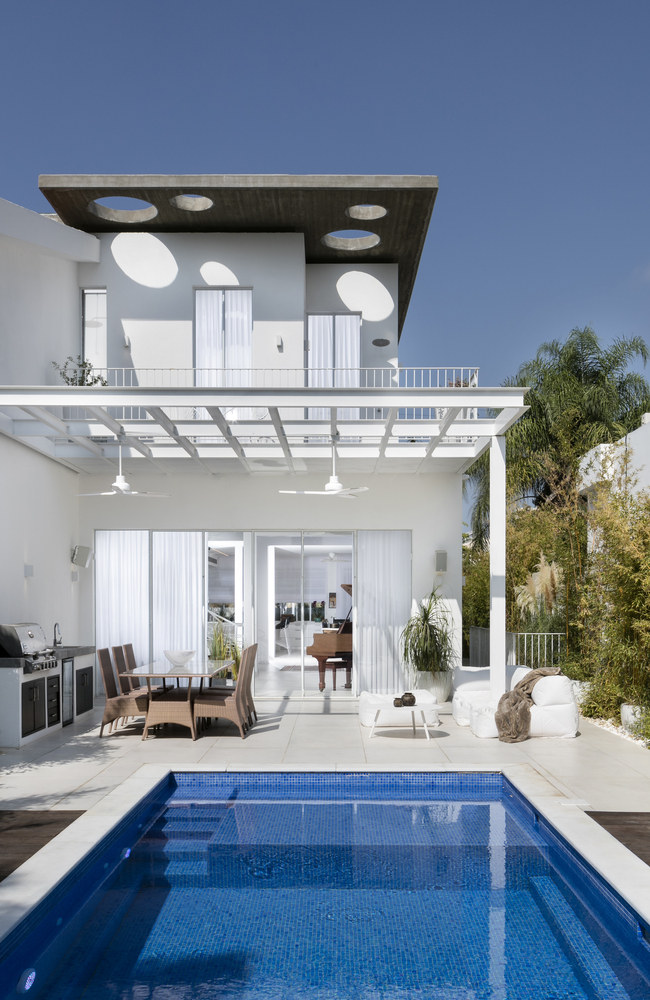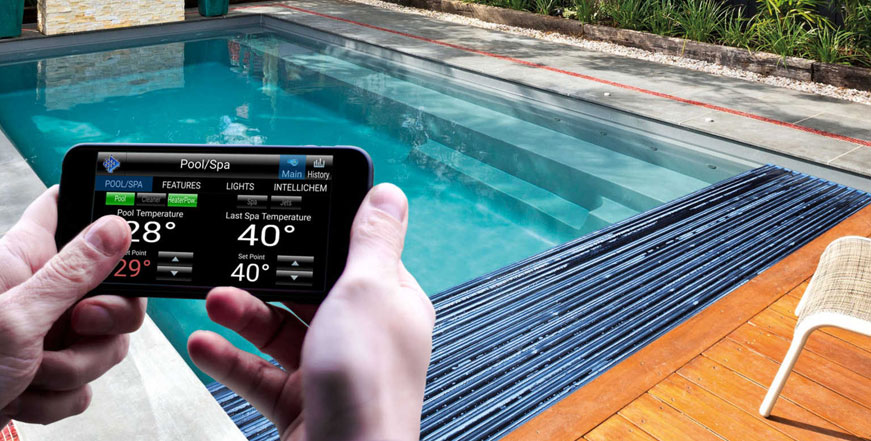A Swimming Pool is a significant investment in many ways. Swimming pool construction or installation can be costly, but you’ll also need time, energy, and yard space to build and maintain a pool. Ensuring that your swimming pool construction is successful requires a lot of planning, and you’ll have many decisions to make along the way regarding the type and size of the pool, who to hire as your contractor, and more.
What Are the Main Types of Swimming Pools?
Before delving into the swimming pool construction tips and making the investment, it’s essential to carefully weigh your alternatives for above-ground, in-ground, and customized pools. It’s important to remember that not all swimming pools are legal in all areas. It’s crucial to get in touch with regional building laws early in the design phase and adhere to any applicable safety regulations after work has begun. In making your choice, remember that each possibility has perks and drawbacks and unique factors to consider.
-
Above-Ground Pools
Generally the most economical option, above-ground pools sit on the surface of your yard, sometimes with a deck or patio surrounding them. Most above-ground pools have vinyl liners with aluminum, resin, or steel sidings. Patterned walls are available.
-
In-Ground Pools
In-ground pools are permanent structures built directly into the landscape. They come in several varieties, with concrete, fiberglass, and vinyl-liner pools being the most common in-ground pools. Materials are typically chosen for strength and flexibility. Your contractor can work with you on the choice of construction.
-
Infinity Pools
Typically custom-made to highlight a view, infinity pools feature one or more walls with a vanishing-edge design, which sits just below the pool’s water level, allowing water to flow over the wall, creating the illusion that the water has no bounds.
-
Lap Pools
A lap pool can be a good investment if exercise is the primary motivation for getting a pool. This specific in-ground pool is usually rectangular, long, and thin, so swimmers can efficiently complete laps. Small backyards are perfect for lap pools because of their space efficiency. The requirement for frequent turns is reduced by the fact that most lap pools provide at least 40 feet of uninterrupted swimming area. The minimum acceptable lap pool width for a single swimmer is 8 feet.
9 Ultimate Tips for Swimming Pool Construction
Creating your backyard oasis is an exciting and rewarding experience that can bring you, your family, and your guests years of enjoyment. Whether you’re looking to beat the heat on hot summer days, stay active with low-impact exercise, or add a beautiful and functional feature to your property, a swimming pool is a perfect addition to any backyard.
However, the task of swimming pool construction can seem daunting, with many factors to consider and options to choose from. The following tips will walk you through the process step-by-step, providing expert advice to help you create the perfect swimming pool for your needs and budget.
-
Create a Wishlist and Plan the Essentials
A swimming pool’s design is critical to both the overall aesthetic you’re trying to achieve and what you can do in the swimming pool. Rectangular designs are perfect for people wanting a classic, timeless look. They’re also great for games and swimming laps. Kidney and free-form swimming pools can blend with the surrounding vegetation and appear more natural. They also lend themselves to waterfalls and caves.
-
Consider the Weather in Your Area
The weather can dictate certain swimming pool construction decisions depending on where you live. Windy areas, heavily treed areas, or places cold enough to close swimming pools for the season will all need a pool cover. People in colder climates should consider enclosures to prolong the pool season. Those living in wetter climates also reap the benefits of having an indoor pool. In temperate climates, where it never gets overly warm, pool heaters are helpful.
-
Study the Conditions of Your Site
Besides determining the best fit for your yard’s dimensions, consider the area’s slope, soil type, and accessibility for construction equipment. Pools are generally easier to build or install when a yard is level. However, new technologies allow installing a pool in virtually any yard. Severe conditions, such as steeply sloping lots, rocky soil, and limited access, require unique construction and installation considerations.
-
Consider the Cost of Building a Swimming Pool
The cost of a swimming pool construction is determined by several factors, including the pool’s size, design, and type. As a basic rule, an above-ground pool can be far less expensive than an in-ground pool, as the former is installed rather than built. As a rough estimation, the most basic above-ground pool will cost around $1,000, while a typical in-ground pool ranges from $28,000 to $55,000, or roughly $50 to $125 per square foot. That equates to an average cost of $35,000.
-
The Ongoing Costs of Operating a Swimming Pool
Building a swimming pool does not stop at the building costs. You have to consider the ongoing costs of the operation and maintenance of this pool. These long-term expenses include the chemicals needed to clean and disinfect the water; the expenses of renewing the pool’s interior finish; the cost of the equipment, especially the pump; and, of course, the utility bills because of the electricity needed to power the pump.
-
Do Some Research on the Material Selection
Try to balance hard and soft finishes. The course finishes to cladding on walls can help to add texture to otherwise smooth render and paved finishes. For instance, if you have a large 2-story rendered home – use pot plants, planters, and strip garden beds to break up the paving. Timber batons and decking will also help to soften the hard masonry surfaces. You don’t want your backyard to look like a stone tomb – so consider this aspect of your decision deeply.
-
Study Pool Size Considerations in Your Area
Pool size is primarily a personal choice. Some prefer to eliminate grass and fill the space with a pool and terrace, while others want to include grassy areas in the new landscape. Be sure you and your contractor have the most up-to-date zoning and building restrictions for swimming pools and spas, and ask your contractor how the permit process is handled.
Zoning is primarily handled locally and typically covers fencing and barriers, pool depth requirements for diving boards, setbacks, and proximity to utility lines. Other issues might also be covered, so check your local regulations.
-
Find a Trusted Contractor/Pool Builder
Once you’ve decided to own a swimming pool, choosing a seasoned swimming pool construction professional is the best way to ensure a smooth building process. Check with friends and your local and regional pool builders association. Interview several candidates, and ask about their building philosophies. A good pool builder will offer examples of his work, provide references (be sure to check them), and be able to answer relevant questions.
-
Ensure Applying All Safety Considerations
Safety is a number one concern for pool and spa owners. Proper enclosures and supervision are always necessary to ensure the safety of children, pets, and wildlife that might wander near the pool. Many specialty products are available on the market to help ensure pool safety. Consider adding water alarms, high-tech laser technologies, safety covers, and personal safety accessories such as life jackets and pool floats for extra peace of mind.
In short, swimming pool construction requires careful planning and consideration, but the result is well worth the effort. By following these tips and seeking professional advice, you can create a beautiful and functional backyard oasis that will provide years of enjoyment for you, your family, and your guests.
Remember to prioritize safety, choose high-quality materials, and stay within budget to ensure a successful and satisfying project. With these tips in mind, you’re ready to take the plunge and start your swimming pool construction as soon as possible.





















